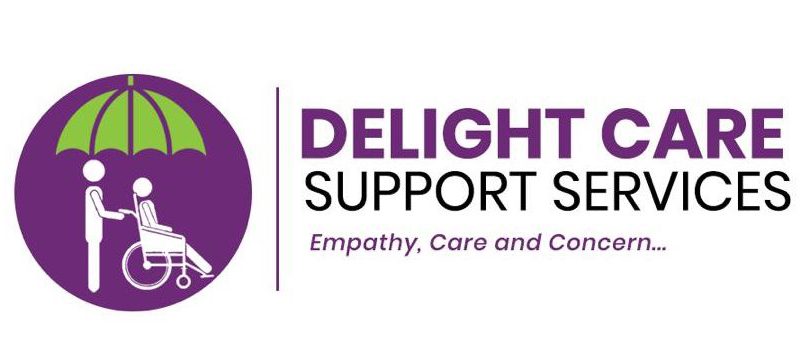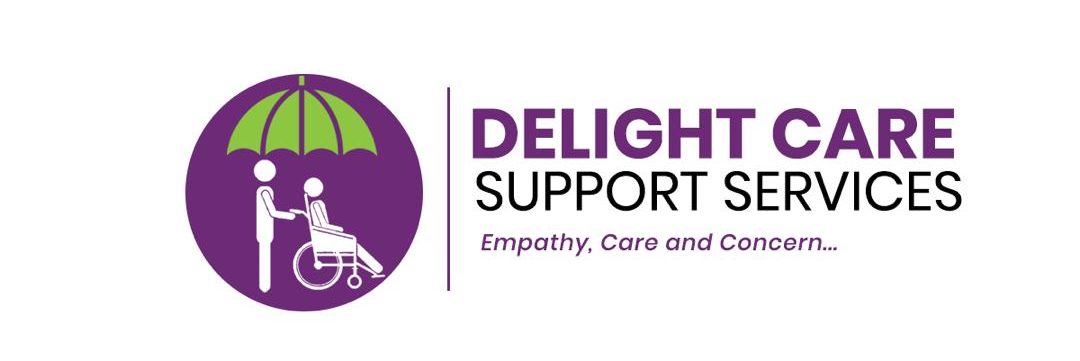The concept of disability and the vision of the World Health Organization
Disability is a condition known to almost everyone but few really know what it is. If we look at the World Health Organization (WHO), disability is an umbrella term that encompasses impairments, activity limitations, and participation restrictions.
For the Royal Spanish Academy (RAE), the concept refers to the situation of the person who, due to their lasting physical or mental conditions, faces significant barriers to access to social participation.
From both definitions, we can draw the conclusion that disability is the condition from which certain people present some deficiency that, in the long term, affects their way of interacting and participating fully in society.
In this sense, it is also a condition that makes the person have difficulties carrying out daily and ordinary tasks. That is why in recent years disability has reached a social perspective associated with human rights, with the concept of accessibility gaining vital importance.
And it is that today, accessibility is linked to disability in all possible concepts. Accessibility of places, devices, homes, environments… to achieve the inclusion of this sector of the population.
A term whose objective is that these people can have the same opportunities without having to be discriminated against because of their disability.
The OMS
The World Health Organization speaks of disability as a set of deficiencies that affect a bodily structure or function.
In addition, it adds the limitations of the activity are difficulties to carry out actions or tasks, and the restrictions of participation are problems to participating in vital situations.
According to official data from the WHO, more than 1,000 million people suffer from some type of disability, which represents 15% of the world population. In addition, the rates of people with disabilities are increasing due to the aging of the population and the increase in chronic diseases on a global scale.
In fact, as Etienne Krug, director of the WHO department of violence, injury prevention and disability, stated, “one in seven people has a disability, people who not only suffer from social stigma and discrimination but also barriers to access services such as education, transportation, and even the health system.
The classification of disability according to the World Health Organization
According to the WHO, there are four types of disabilities: physical, intellectual, sensory, and mental. Physical disability is the classification with the most frequent alterations. Among them, we find spinal cord injuries (paraplegic or quadriplegic), amputations, or sequelae of poliomyelitis.
For its part, intellectual disability is the one that affects mental functions; among which mental, psychosocial and chronic illnesses are included.
In addition, it also adds a decrease in higher mental functions (intelligence, language, or learning), as well as motor functions. Down syndrome or cerebral palsy is the best known.
Third, sensory disability includes all people who have visual or hearing impairments. People with communication or language problems are also included in this group. Finally, we find mental disability, which occurs in people who suffer from neurological disorders and brain disorders.





